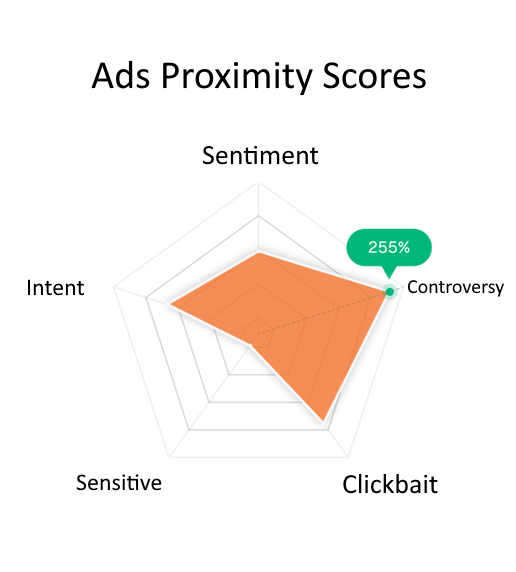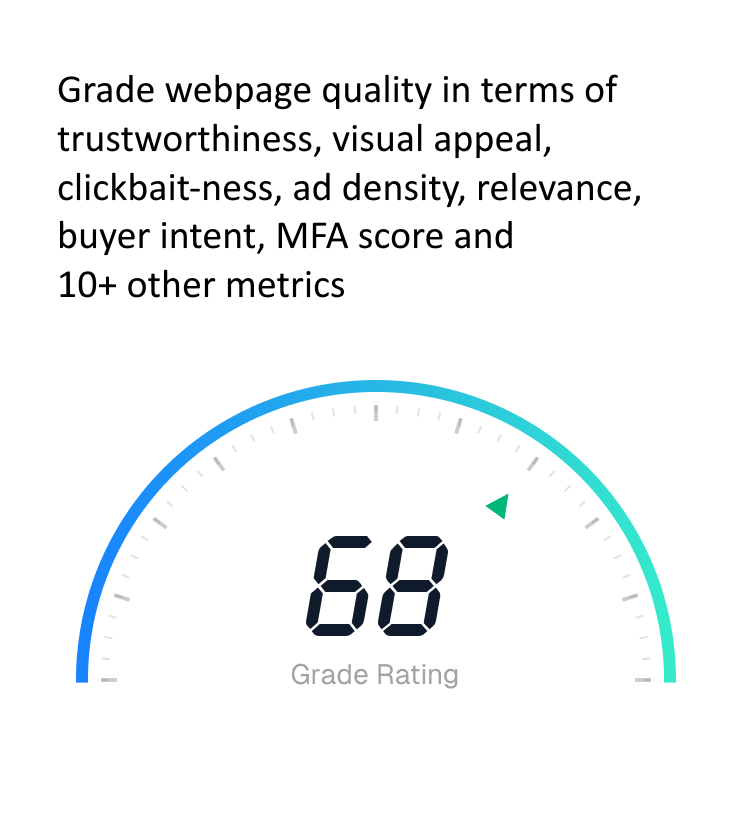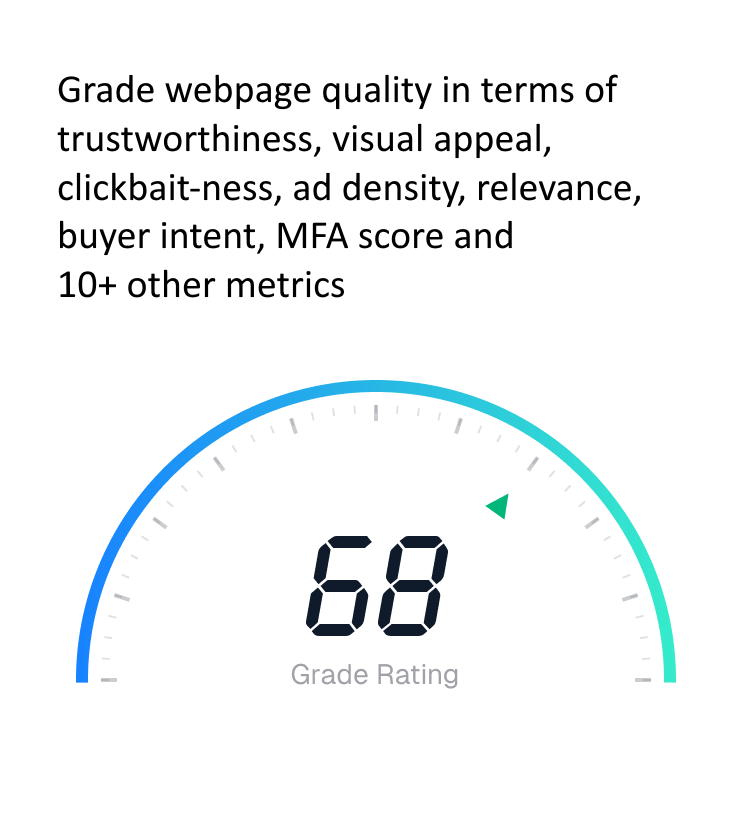Specialized Video Moderation for Journalism and Media Organizations

News and media publishing platforms operate at the critical intersection of press freedom, public interest, and content safety, where the fundamental principles of journalism must be balanced against the responsibility to protect audiences from harmful content and misinformation. This unique environment requires sophisticated moderation systems that understand journalistic context, editorial integrity, and the public interest while maintaining comprehensive protection against genuinely harmful content.
The stakes for moderation decisions in news and media environments extend far beyond individual platform policies to encompass democratic discourse, public information access, and the fundamental role of journalism in society. Overly restrictive moderation can constitute censorship that undermines press freedom and public information access, while insufficient moderation can enable the spread of misinformation, harmful content, and threats to public safety that erode trust in legitimate journalism.

Effective news media moderation requires sophisticated understanding of journalistic principles, editorial decision-making, and the contexts in which potentially sensitive content serves legitimate public interest purposes. Our editorial context analysis system recognizes journalistic intent, news value, and editorial integrity while maintaining appropriate content safety standards.
Journalistic content often contains material that would be inappropriate in other contexts but serves legitimate public interest purposes including exposing wrongdoing, documenting important events, or educating audiences about significant issues. Our news value assessment system identifies content that serves legitimate journalistic purposes while distinguishing between genuine news content and inappropriate material using journalistic claims as cover.
The system analyzes editorial context indicators including source credibility, reporting methodology, fact-checking evidence, and editorial oversight that distinguish legitimate journalism from false claims of news value. This includes understanding the difference between professional journalism, citizen journalism, and opinion content that may claim journalistic protection.
Public interest evaluation considers whether potentially sensitive content serves genuine informational purposes for audience understanding of important issues versus content that exploits tragic events or sensitive situations for engagement without legitimate news value.
Documentary filmmaking and investigative journalism often require coverage of sensitive, graphic, or controversial subject matter that serves important public education and accountability purposes. Our documentary context recognition provides specialized support for long-form journalism that may include extensive coverage of difficult topics.
The system understands documentary storytelling structure, investigative methodology, and educational intent that justify inclusion of sensitive material while maintaining appropriate audience warnings and age restrictions for content that serves legitimate documentary purposes.
Breaking news coverage often involves rapidly developing situations where complete information may not be available and editorial decisions must be made under time pressure. Our breaking news support provides flexible moderation that accounts for the evolving nature of crisis coverage while maintaining protection against misinformation and harmful content.
Sophisticated analysis of editorial purpose and legitimate news value in content decisions.
Specialized handling of investigative and documentary content with sensitive material.
Adaptive moderation for rapidly developing news situations and crisis coverage.

The spread of misinformation and coordinated disinformation campaigns represents one of the greatest challenges facing news and media platforms, where false information can undermine public trust, influence democratic processes, and cause real-world harm. Our misinformation detection system provides comprehensive analysis of content authenticity, factual accuracy, and coordinated inauthentic behavior while respecting legitimate journalistic debate and opinion expression.
Factual accuracy in news content requires sophisticated analysis that can distinguish between legitimate factual disputes, evolving information during developing stories, and deliberately false information designed to mislead audiences. Our fact-checking integration system works with professional fact-checking organizations and verified information sources to identify potentially false or misleading content.
The system recognizes the difference between factual errors that occur in legitimate journalism and can be corrected through editorial processes versus systematic misinformation campaigns designed to deceive audiences about important issues or events.
Integration with professional fact-checking networks enables rapid identification of known false claims while supporting the editorial independence necessary for journalistic integrity and avoiding censorship of legitimate journalistic inquiry or opinion expression.
Synthetic and manipulated media pose existential threats to journalistic credibility and public trust in authentic information. Our deepfake detection for news media includes specialized analysis for journalistic content that identifies manipulated media while understanding legitimate uses of video editing, archival footage, and visual storytelling techniques in professional journalism.
The system distinguishes between editorial video techniques used in legitimate journalism and malicious manipulation designed to spread false information or misrepresent events. This includes understanding the difference between clearly identified archival footage, editorial illustrations, and deceptive manipulation intended to mislead audiences.
Disinformation campaigns often involve coordinated efforts by multiple accounts or organizations to spread false information or manipulate public opinion through artificial amplification, bot networks, and organized deception. Our coordinated behavior detection identifies systematic attempts to manipulate information environments while distinguishing between legitimate promotional activity and malicious manipulation.
Integration with fact-checking networks for rapid identification of false information.
Specialized deepfake and synthetic media detection for journalistic content.
Detection of organized disinformation efforts and inauthentic amplification.

Modern news platforms increasingly rely on citizen journalism, user-submitted content, and crowdsourced information that provides valuable eyewitness perspectives and access to events that professional journalists cannot cover. This user-generated news content requires specialized moderation that verifies authenticity and news value while protecting citizen journalists and maintaining editorial standards.
Citizen journalism often provides critical eyewitness documentation of important events, but requires verification to distinguish between authentic eyewitness content and fabricated or misleading material. Our eyewitness verification system analyzes technical indicators, consistency factors, and corroborating evidence that help establish content authenticity.
The system examines metadata, technical characteristics, and contextual indicators that suggest whether user-submitted content represents genuine eyewitness documentation versus staged, manipulated, or misrepresented material that falsely claims eyewitness status.
Verification support includes analysis of location indicators, timing consistency, and technical factors that help news organizations make informed decisions about the authenticity and reliability of user-submitted content for editorial use.
Citizen journalists and user contributors often face significant personal safety risks for documenting and sharing newsworthy content, particularly in conflict zones, authoritarian environments, or situations involving powerful interests. Our source protection features help maintain contributor safety while enabling valuable citizen journalism.
Protection includes detection of inadvertent personal information disclosure that could endanger citizen journalists, analysis of content that might reveal protected source identities, and support for secure submission processes that maintain contributor anonymity when necessary.
User-generated news content requires community moderation that can handle high volumes of submitted content while maintaining editorial standards appropriate for news platforms. Our community moderation system enables efficient processing of citizen journalism submissions while supporting professional editorial oversight for content that meets publication standards.

Conflict zones, natural disasters, and crisis situations present unique challenges for news content moderation where journalist safety, audience protection, and information accuracy must be balanced against the public need for timely, accurate information about critical events. Our crisis reporting support provides specialized features for these high-stakes news environments.
War correspondence and conflict reporting often involve graphic content, sensitive security information, and material that could endanger sources or reveal tactical information if inappropriately disclosed. Our conflict reporting support provides specialized handling for war correspondence that balances public information needs with security concerns.
The system recognizes legitimate war documentation and conflict reporting while identifying content that might compromise operational security, endanger civilians, or violate laws of war coverage. This includes understanding the difference between newsworthy conflict documentation and propaganda or recruitment material disguised as journalism.
Natural disasters and emergency situations require rapid information dissemination that serves public safety purposes while avoiding misinformation that could interfere with emergency response or cause additional harm. Our emergency coverage support enables rapid content processing during crisis situations while maintaining accuracy and safety standards.
Emergency moderation includes recognition of official emergency information, identification of potentially dangerous misinformation during crisis situations, and support for content that serves legitimate emergency communication and public safety purposes.
Major traumatic events including terrorist attacks, mass casualties, and other sensitive situations require careful editorial handling that informs the public while respecting victim dignity and avoiding content that could cause additional trauma or serve terrorist publicity purposes.
Specialized support for war correspondence and conflict reporting with security considerations.
Rapid content evaluation for disaster coverage and emergency public information.
Appropriate moderation for sensitive events and traumatic content in news contexts.
News and media platforms operate under complex legal frameworks that vary by jurisdiction and include press freedom protections, privacy laws, defamation regulations, and broadcasting standards that affect content moderation approaches and editorial decision-making.
Content moderation for news platforms must respect press freedom principles and avoid censorship that could undermine journalistic independence or public access to important information. Our press freedom protection ensures that moderation decisions respect editorial independence while maintaining appropriate safety standards.
News content must balance public interest information with individual privacy rights and defamation protection, particularly for private individuals who become involved in news events without seeking public attention. Our privacy protection system identifies potential privacy violations while understanding legitimate public interest exceptions.
Global news platforms must navigate varying legal requirements across different jurisdictions where they operate, including different standards for hate speech, privacy protection, and content restrictions. Our international compliance support adapts to local legal requirements while maintaining editorial integrity.
News platform moderation must integrate seamlessly with existing editorial workflows, content management systems, and journalistic processes to provide comprehensive protection without disrupting news production or editorial independence.
Our moderation system provides editorial teams with detailed content analysis and recommendations that support informed editorial decision-making while respecting journalistic independence and editorial authority over content decisions.
Integration with newsroom systems enables seamless incorporation of content moderation into existing editorial workflows, publication processes, and content management systems used by news organizations.
The news media landscape continues to evolve with artificial intelligence in journalism, automated content generation, and emerging media formats that create new challenges for content authenticity, editorial integrity, and audience protection while maintaining press freedom principles.
Future developments focus on enhanced verification capabilities, improved integration with fact-checking networks, and advanced detection systems for emerging forms of media manipulation while supporting the fundamental role of journalism in democratic society.
News and media publishing platforms require specialized moderation approaches that balance press freedom with content safety, editorial integrity with audience protection, and journalistic independence with comprehensive security. Our news media moderation solution provides the technological foundation necessary for trustworthy journalism in the digital age.
For news organizations serious about editorial integrity and audience protection, implementing specialized journalism-focused content moderation is essential for maintaining credibility and serving the public interest in an era of increasing misinformation and media manipulation challenges.